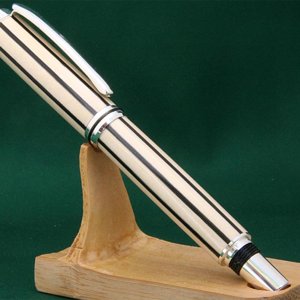TLowe2
Member
Does anyone use mineral spirits or acetone to clean the inside of their wood blanks before gluing the brass tubes in? I am about to glue up a handful of expensive woods for more fancy pen kits and figured I'd check if there were any input on this. I could also use compressed air. I always sand my brass tubes and use epoxy and have minimal issues but figured going the extra mile would be worth it when each one is so spendy.
Thanks!
Thanks!

